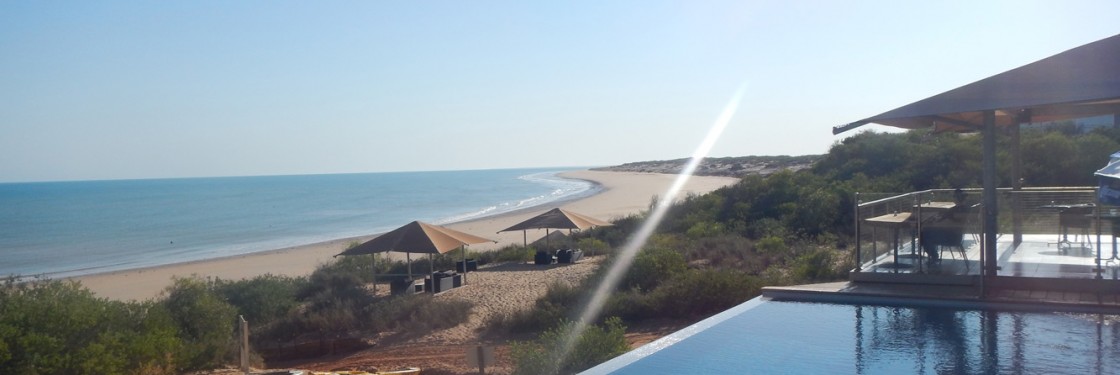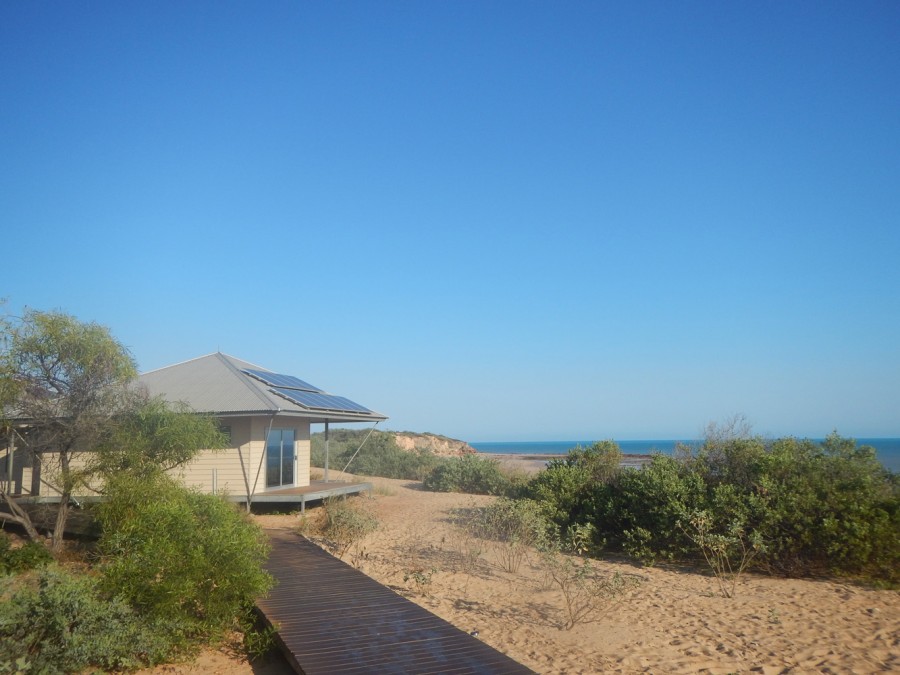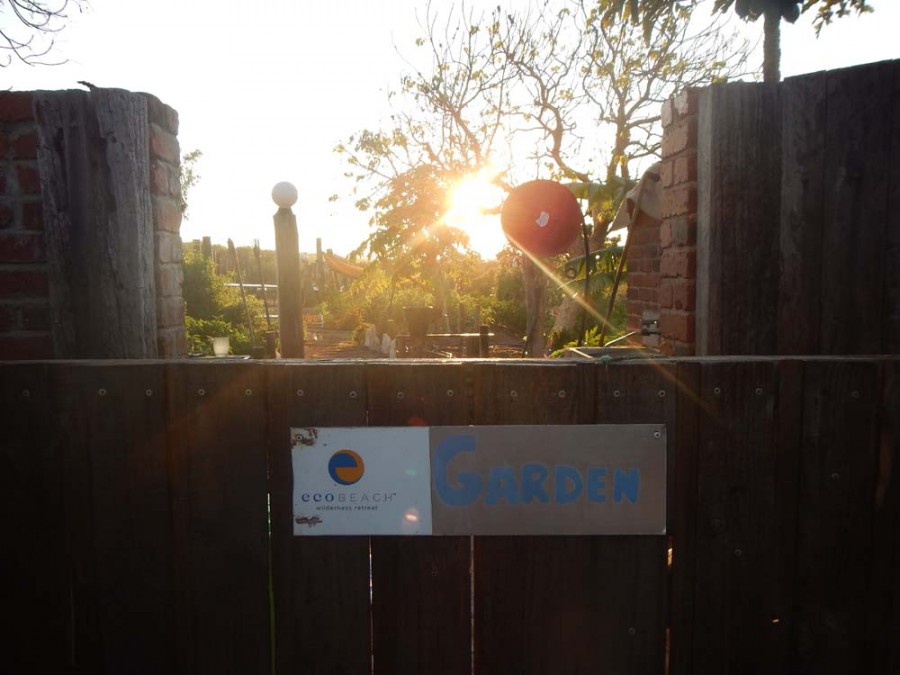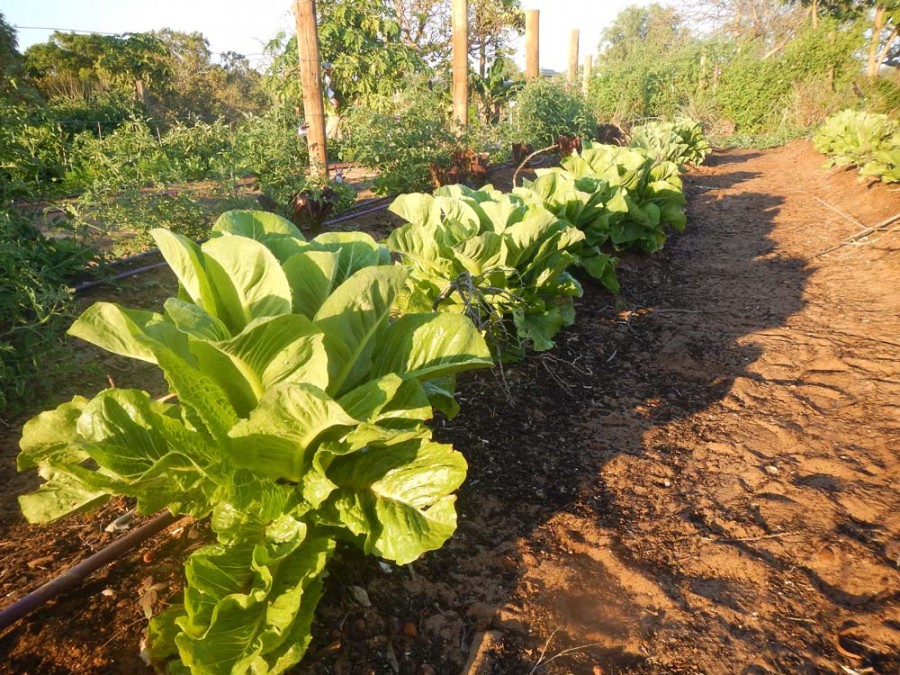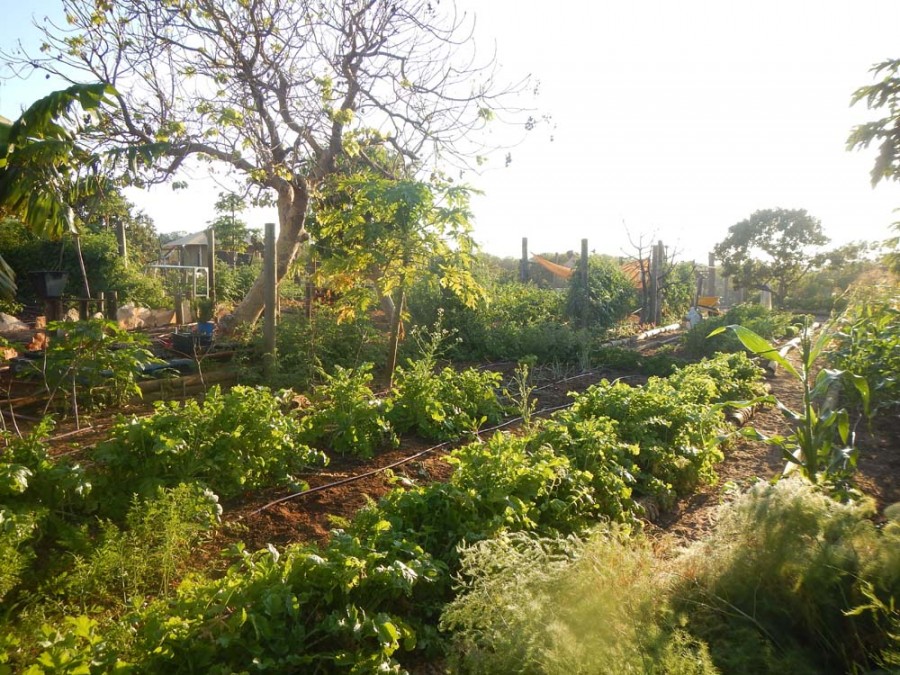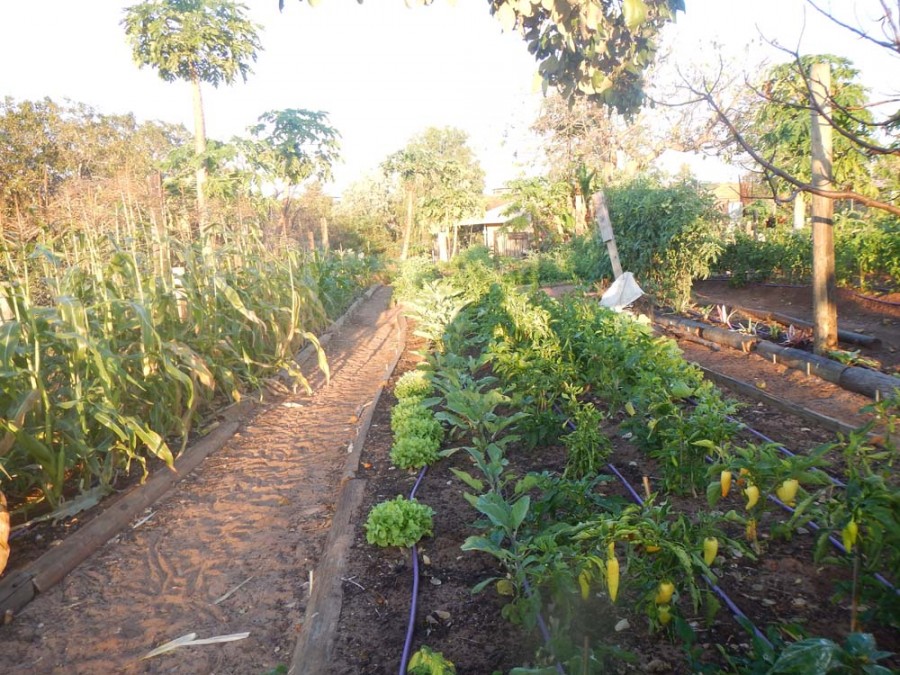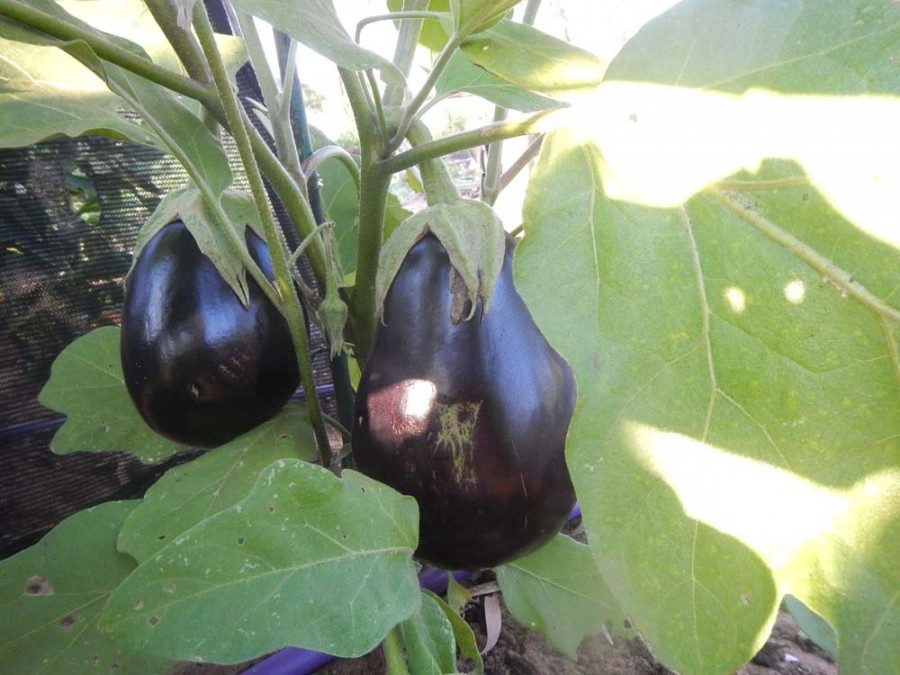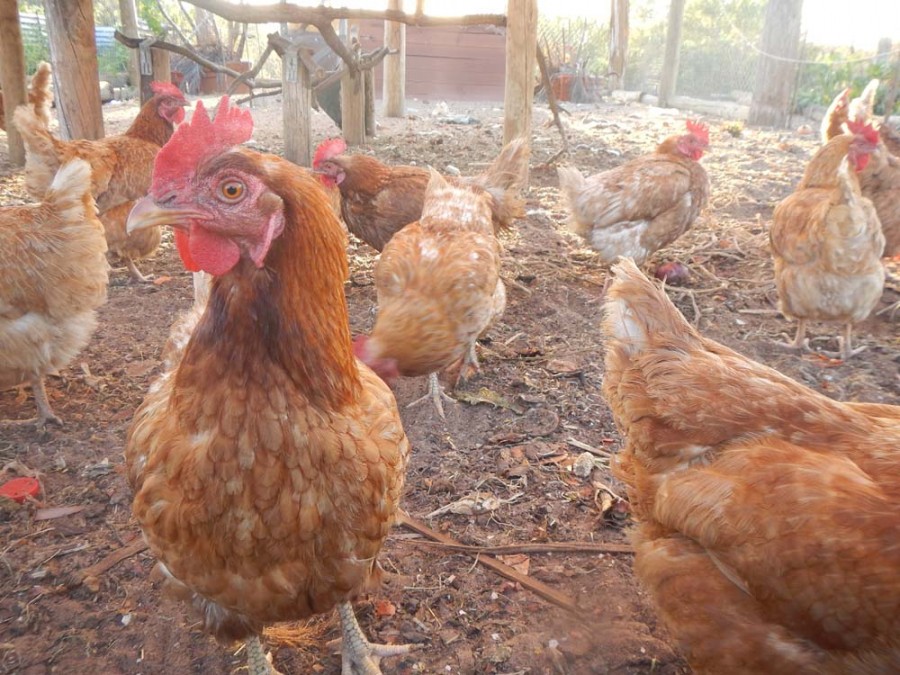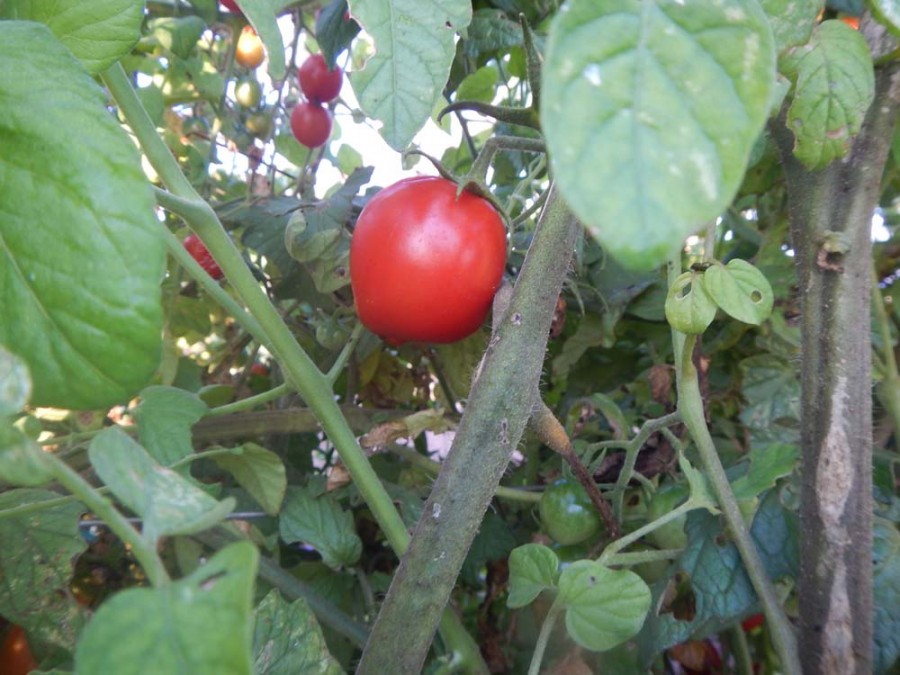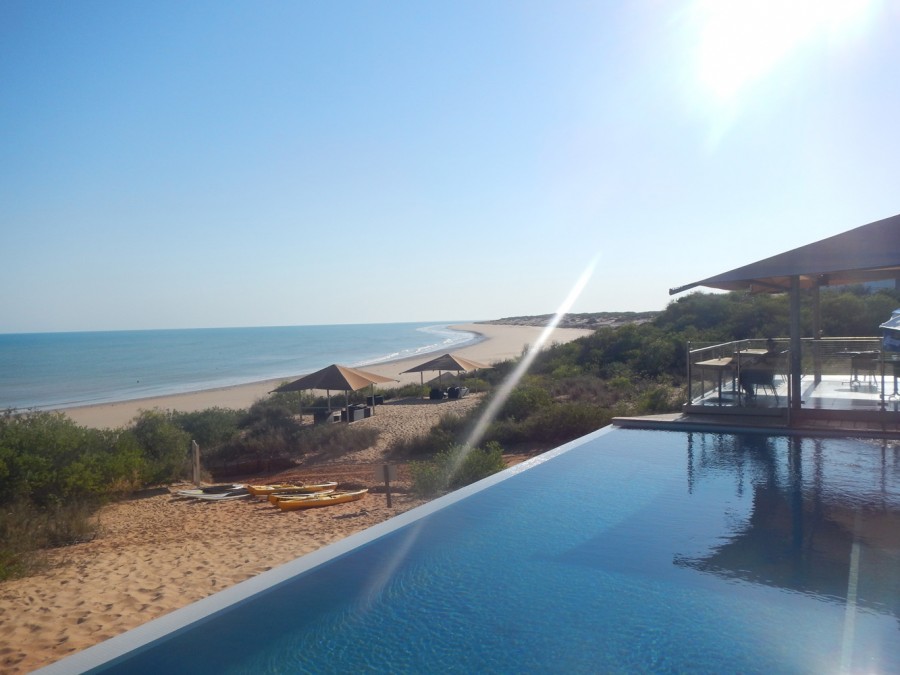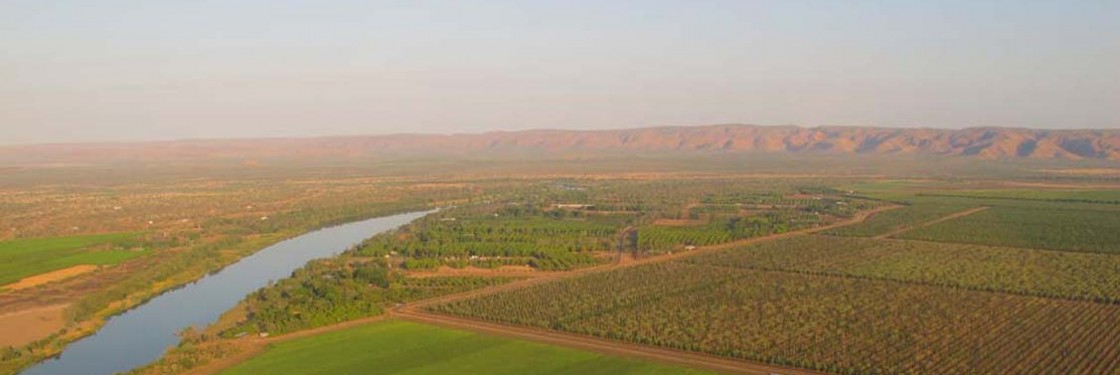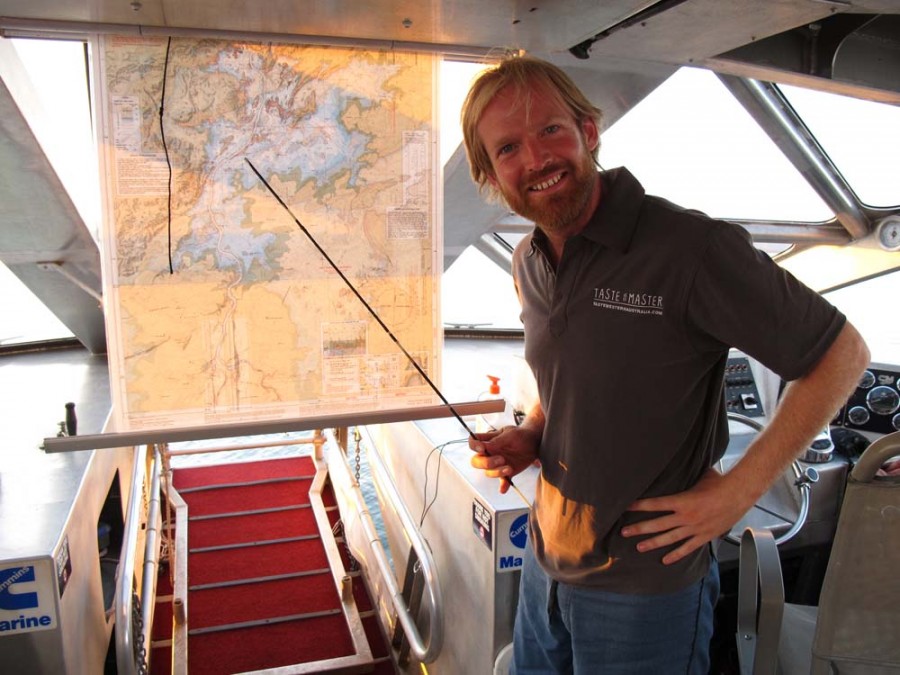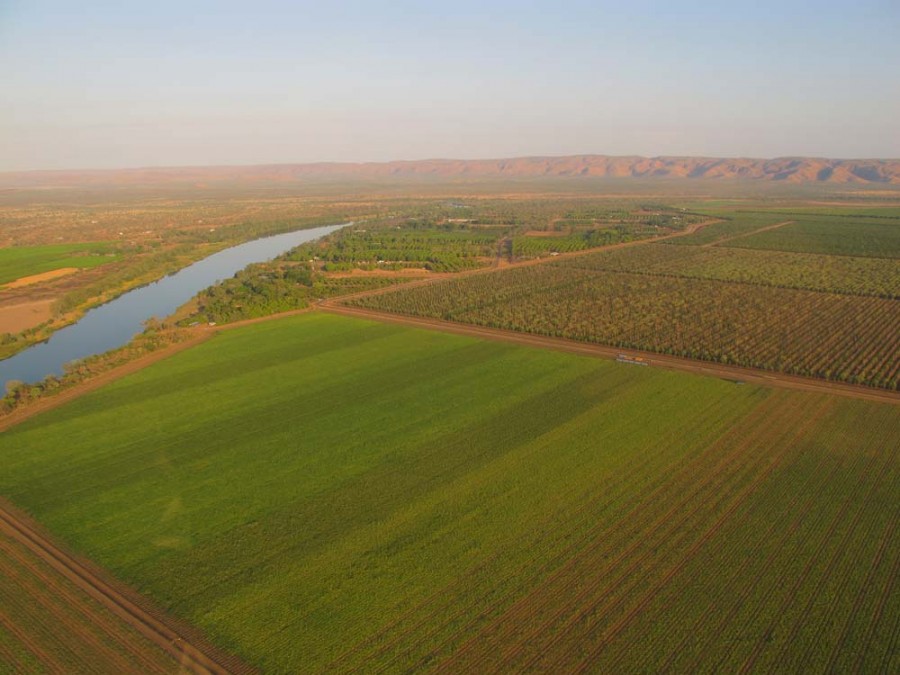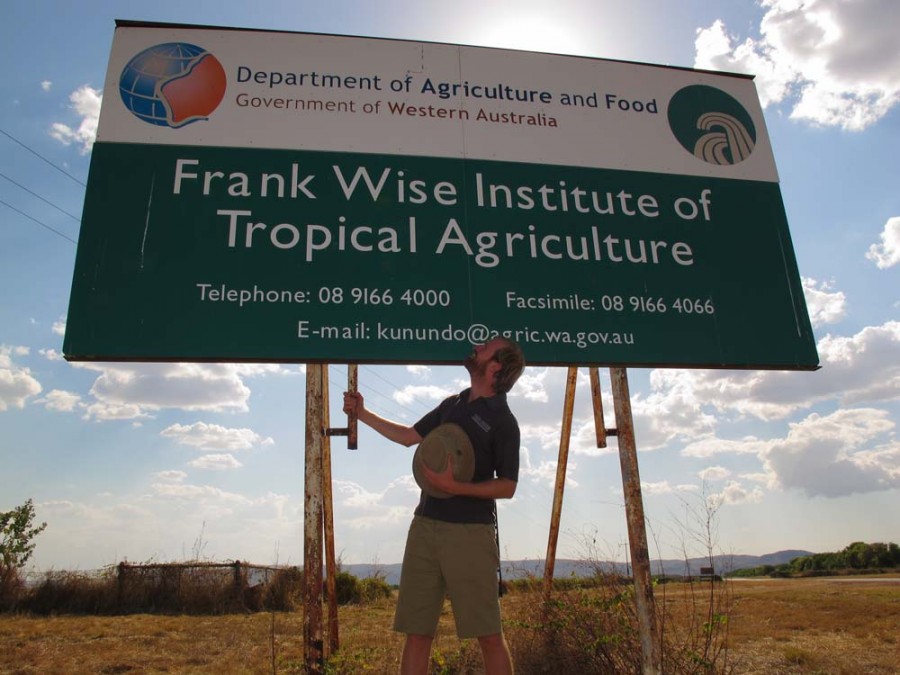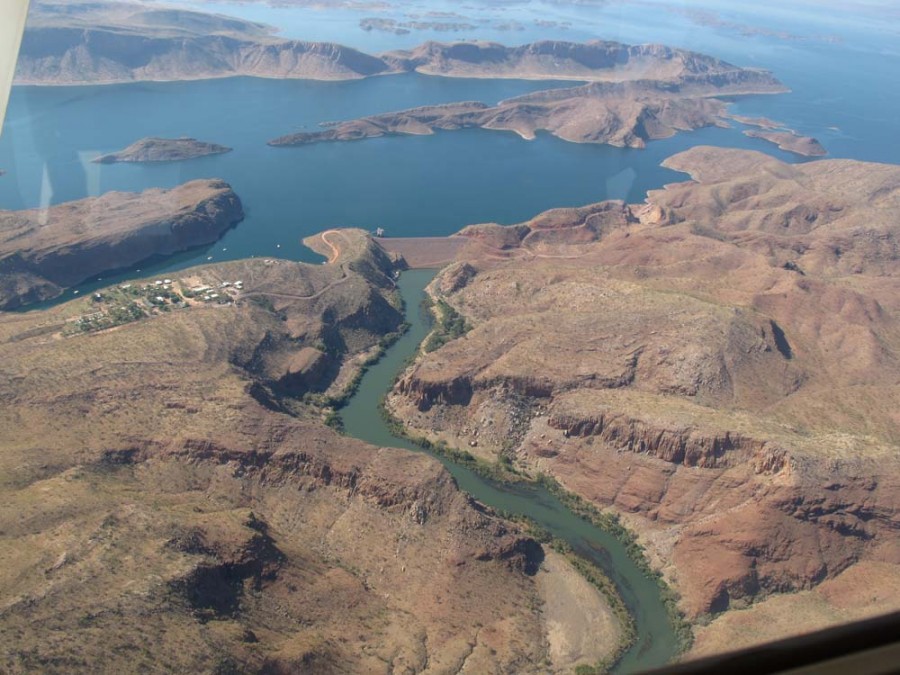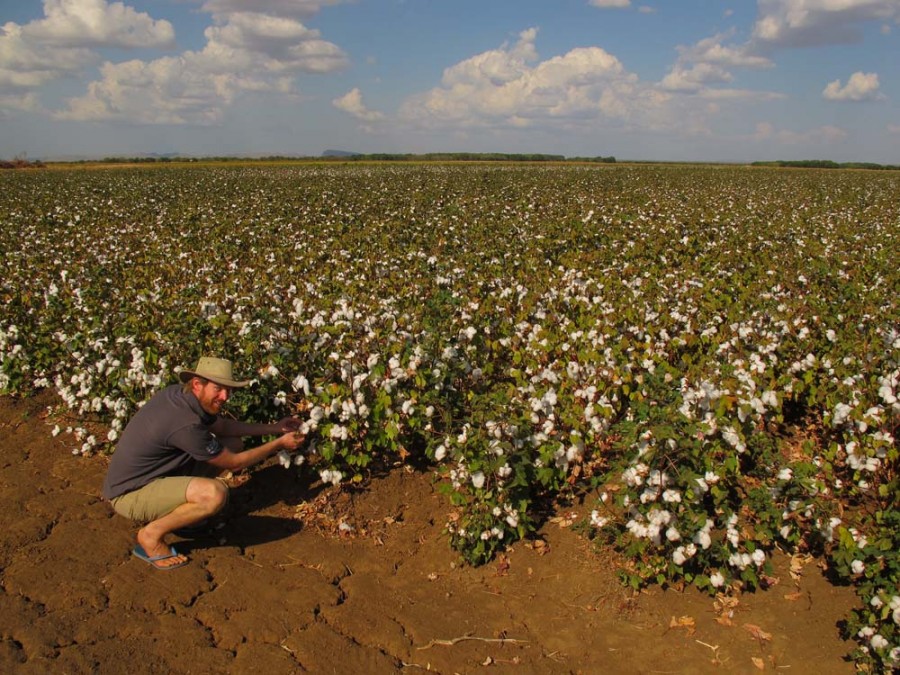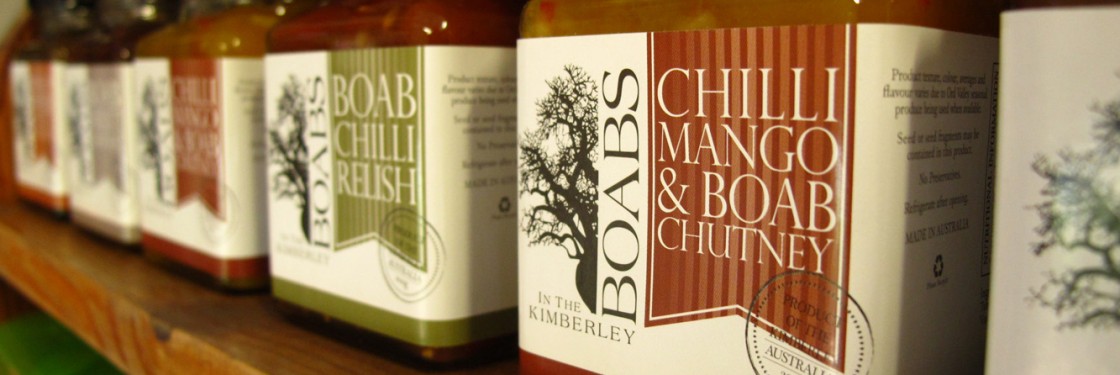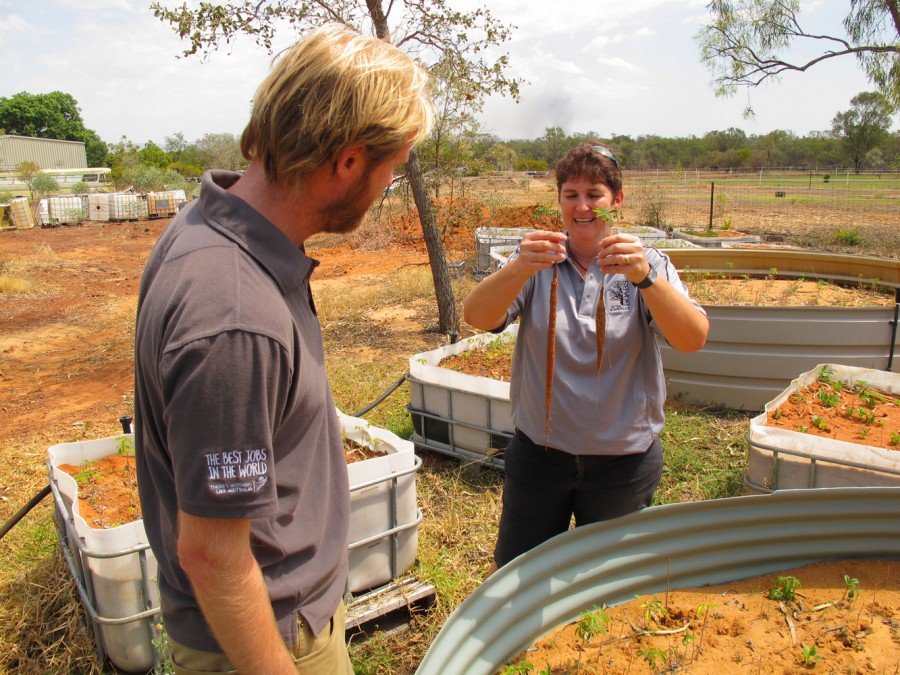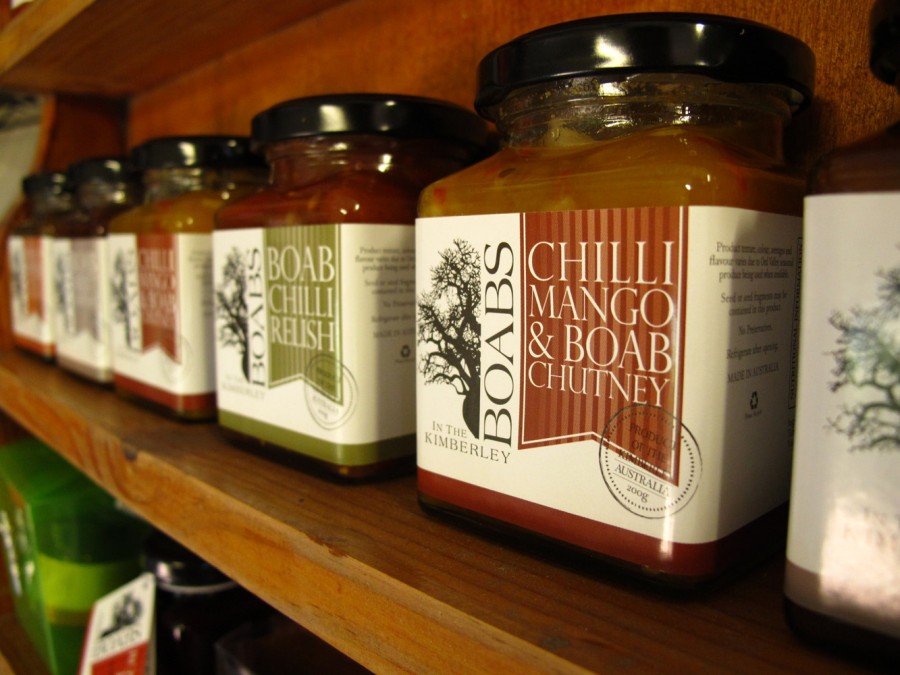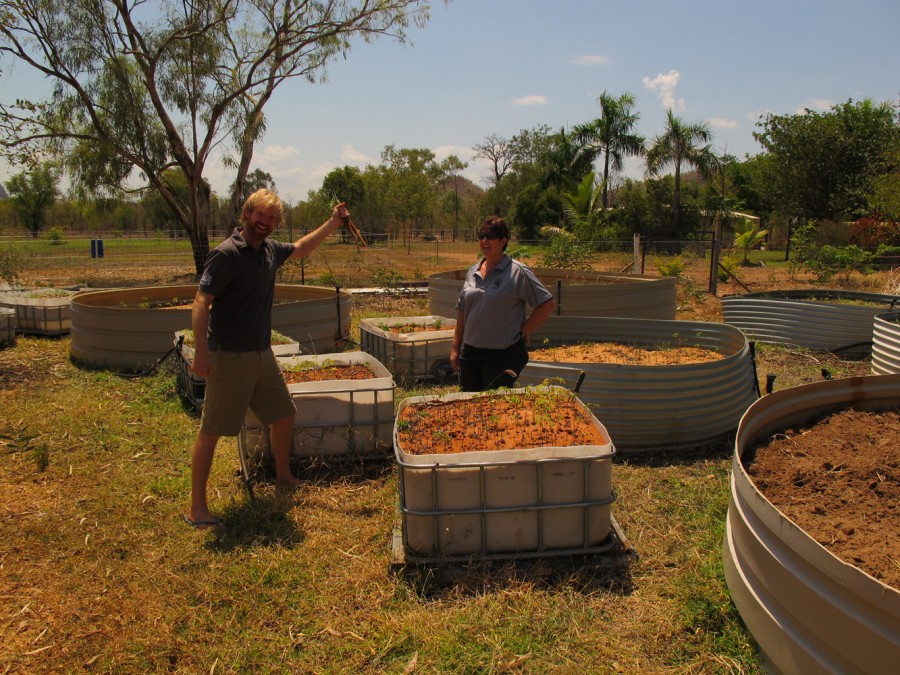Eco Beach
Here we go folks, a nice little story.
I’ve been staying at the Eco Beach Resort for the past two nights, a lovely little place about 12 minutes flight from Broome, and it’s completely self-sufficient. The eco tents and villas are powered by their own solar panels, with any excess power being directed back into their own Eco Resort grid to be distributed where needed. But what’s really great is that they’ve got their own garden, producing nearly all of their fruit and veggies that they use in the gourmet kitchen.
Brad the head chef, who’s been here a number of years, loves the fact he’s got everything he needs right on the doorstep, with all kitchen scraps being fed to the chooks who produce an abundance of free range eggs. Tomatoes, peppers, aubergines and herbs all from the garden make an appearance on tonight’s plate, along with fresh fish caught straight from the Indian Ocean.
“Eco Beach, far away in time” I don’t think so Martha and the Muffins, more like “Eco Beach, cutting edge of sustainability and a perfect example of how we should all be living our lives right now” but not such a catchy lyric.
- Prev
- Next

